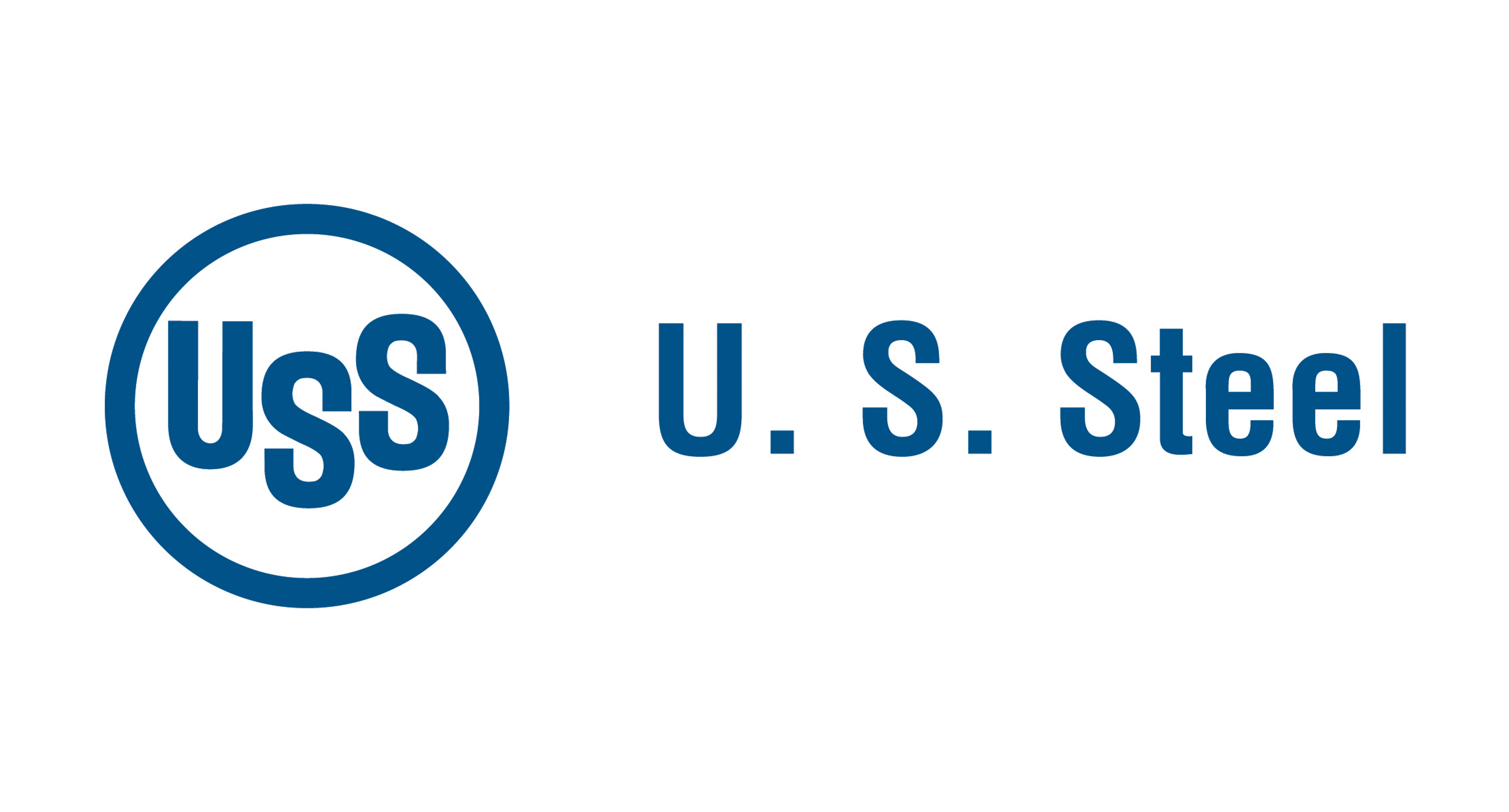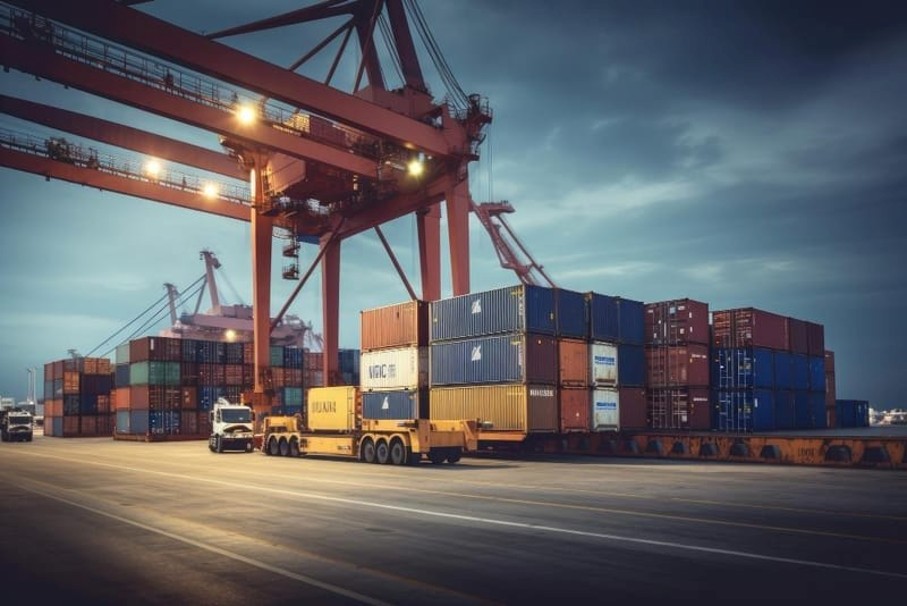Government/Policy

May 19, 2024
Leibowitz: The impact of new, harsher tariffs on China
Written by Lewis Leibowitz
The free market operates best when it is freest. But all governments intervene in markets in response to conditions that threaten peaceful progress.
President Biden decided last week that market intervention was justified. He approved a report from the US Trade Representative (USTR) that recommended continuing the “Section 301” tariffs on Chinese imports into the United States.
The announcement also recommended increases in certain tariffs – including on solar cells and modules, some steel and aluminum products. It also included a huge increase in tariff protection for electric vehicles. Chinese EV imports will, if the recommendations are finalized after an opportunity for public comment, rise to 100%. This tariff rate is generally equivalent to an embargo on imports.
Interestingly, USTR proposed a new “exclusion” regime for solar manufacturing equipment imported from China. That’s because Chinese equipment is much less costly than the American competition. But there is no hint that a general exclusion process will continue for other products.
There is sure to be intense pressure from consuming industries to permit exclusions for products that are not available domestically. While manufacturing generally is in pretty good shape in the US now, many products have disappeared from domestic production. China has focused on being a reliable supplier of those products that America no longer makes.
The Biden administration proposed these increased tariffs for a variety of reasons. USTR will issue a notice of the proposed tariff changes and seek public comment on them. So, they could still be changed. And, given the structure of Section 301, tariffs could be changed further at any time.
Clearly, China’s economic strength is a growing problem. I’ve noted in previous columns that the Chinese economy has slowed. The tremendous overbuilding of cities over the last 20 years or so has led to bankruptcies and half-finished apartment buildings with millions of unsold units. And with that slowdown, the immense manufacturing sector in China has been called upon to find new markets in the West to keep factories humming.
The world is starting to notice how pervasive Chinese products are in global markets. Western countries in particular are hearing from their key constituencies to address the impact on Western factories. In the US and the EU, these voices are being listened to.
The question is whether these new tariff increases and related measures will change China’s behavior. As I’ve said before, a change in China’s economic proclivities is not likely because of these new tariffs. Chinese producers will continue to penetrate Western markets. And China will attempt to address the real estate disaster that threatens to stymie Chinese economic growth.
China has just announced a new initiative to have the banking system buy out millions of owners of unfinished apartment units. The initiative strikes me as much too modest to make Chinese consumers increase domestic spending—so the pressure on manufacturers to export more will continue.
Many, including USW President David McCall in a recent column, suggest that imposing prohibitive tariffs on selected Chinese imports will allow American industries—from steel to shipbuilding to automobiles and capital equipment—to revitalize.
That won’t happen, because steel and shipbuilding have more problems than Chinese exports to the United States. If we are going to revitalize those and other industries, much more will have to be done.
When these new tariffs take effect, the prices of covered products will go up. And the prices of domestic products that compete with those imports will go up too. Consumers get hit no matter what they do. And China’s manufacturers will likely absorb some of the tariffs.
The US Safeguard law provides protection for American industries that are seriously injured by imports, including fairly traded imports. The protection is conditioned on the industry making necessary adjustments to be competitive. That requirement for positive adjustment is sound policy. But the current steps don’t strike that balance.
The tariffs are a response to geopolitical currents in addition to economic ones. Protecting domestic industries, especially those that are important to future competitiveness (renewable energy, semiconductors, EVs), could help them develop. But they must continuously get better and more competitive under that protective umbrella. One can see that with semiconductors, and to some extent with solar production. (Chinese solar manufacturing equipment will be excused from new tariffs, for example).
But some in Congress others are aiming at our closest friends for “enabling” China to compete in Western markets. Bills introduced in Congress and other calls from trade associations to go after Mexico, for example, because those countries permit transshipment of Chinese products that are sold into the US. I think it happens. But these transgressions should be proven and punished, not assumed.
Because the increased tariffs on Chinese goods won’t cause China to freeze manufacturing and exporting, more and more protection will be demanded. Some will pay a heavy price for this, especially in the transition to EVs.
Middle class buyers will not be able to afford EVs. As commentators Gernot Wagner and Conor Walsh wrote recently in the New York Times, “these new tariffs on electric vehicles are little more than a handout to legacy car companies like General Motors and Ford. Middle-class Americans should have access to these cars, and because of these tariffs, they will remain a luxury, available mainly to the rich.” Domestic companies should have to retool to become competitive. The very protection they seek reduces the incentive for them to get better at cutting costs.
To add to the dilemma, USTR is not proposing to increase tariffs on internal combustion (IC) vehicles, a sector which is currently very profitable for US companies. Because the US and EU exclude Chinese EVs, China could turn to traditional IC vehicles, eating away the profits of the traditional companies. So, at best the announcement last week is only a beginning. More restrictions are likely to follow, along with retaliation from China and increased tensions in economic and strategic sectors.
There are no quick or easy solutions to these complex issues. High tariffs (with more to come) will cause big problems for the US, perhaps more serious and more protracted than those they cause China. A long test of wills is in store, and the outcome is uncertain at best.
Editor’s note: This is an opinion column. The views in this article are those of an experienced trade attorney on issues of relevance to the current steel market. They do not necessarily reflect those of SMU. We welcome you to share your thoughts as well at info@steelmarketupdate.com.






